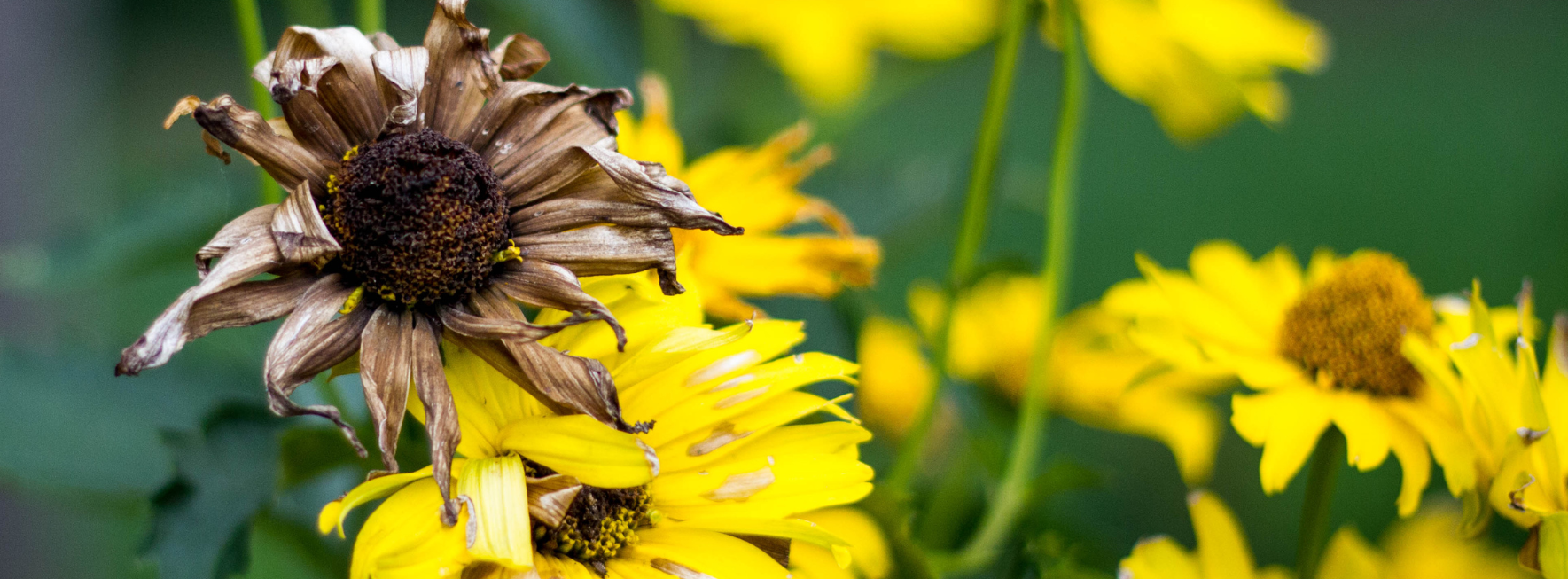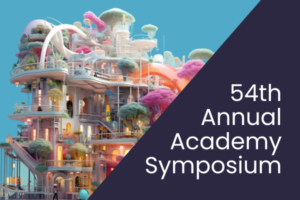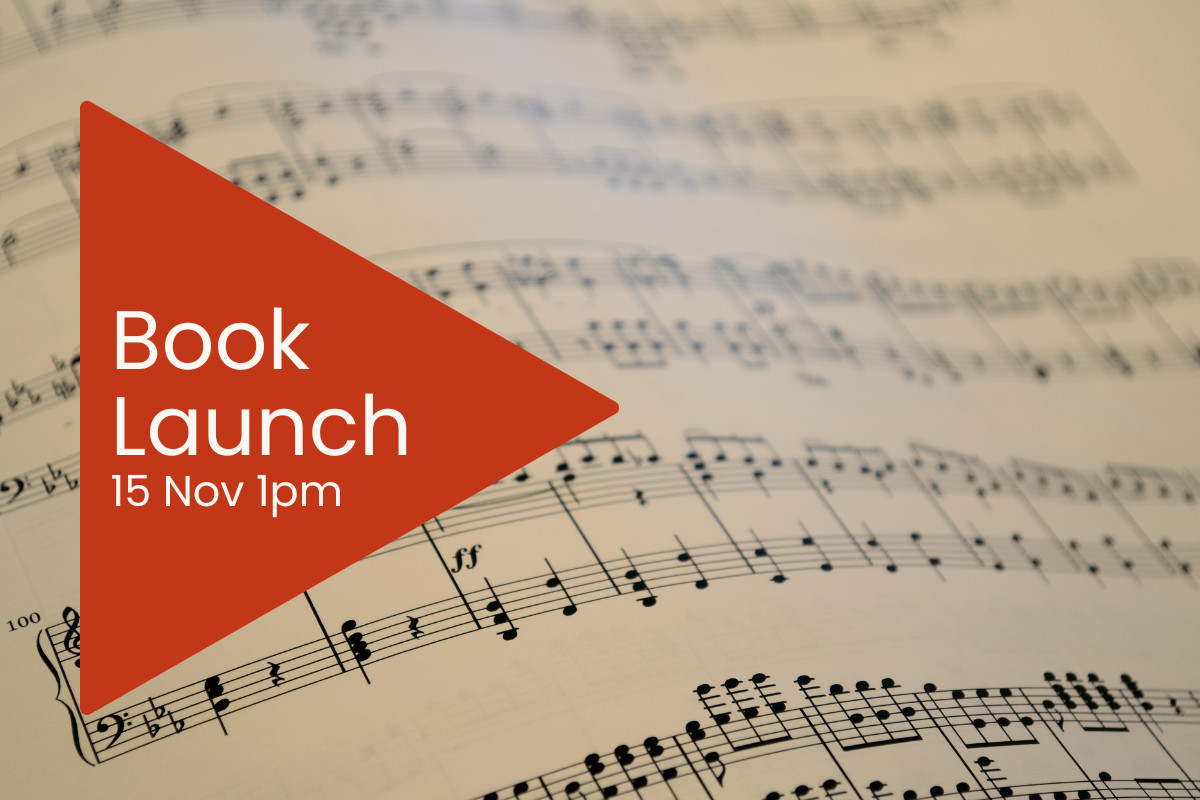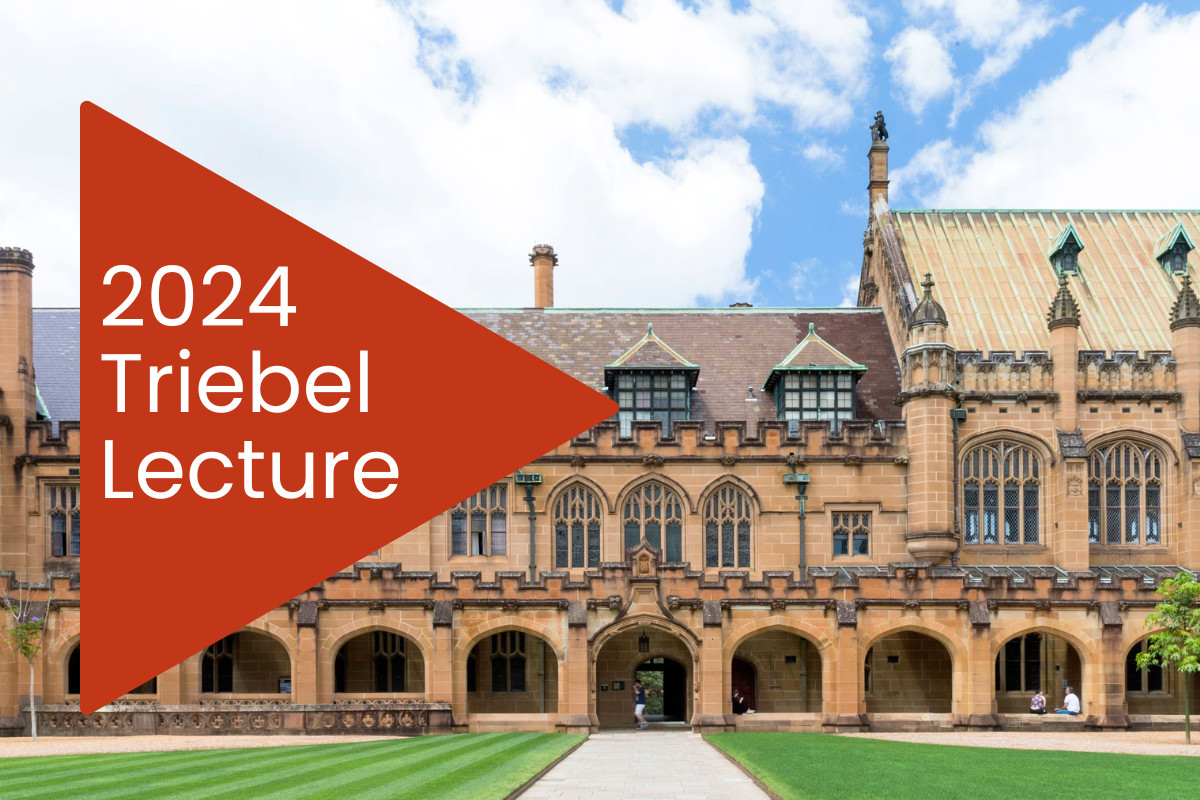Event details
When: 2-3.30pm, Thursday 16 November 2023
Where: Kaleide RMIT Union Theatre, Melbourne
Emeritus Professor Joanne Tompkins FAHA will chair a panel featuring Dr Tatiana Bur, Roslynn Haynes, Dr Marc Trabsky and Elizabeth Stephens, exploring:
Humans, gods & machines in Greco-Roman antiquity
Ideas of AI and automation have held cultural traction since Greek antiquity. Ancient myths from as far back as Homer’s Iliad speak of self-moving objects with minds of their own. Some of these are made by humans, others are divinely manufactured. Famously, Classical Athenian tragedy puts the god on a machine via a device known as the deus ex machina. The ancient philosopher Aristotle toys with the idea of self-animated objects replacing slaves. By the fertile intellectual climate of the Hellenistic world, the discipline of mechanics takes off and entire texts are devoted to the construction of automata (self-moving machines).
Dr Tatiana Bur considers how the Greco-Roman world configures ‘the human’, ‘the machine’ and ‘the divine’. Culturally specific ways which serve to unveil the complex cultural life of ancient automation technologies in situ. Equally, we might also like to ask where the cultures of the ancient Greeks and the Romans fit in a larger, diachronic history of AI and automation. Staying alive to the twin dangers of teleology and anachronism, ancient automata are useful to rethink notions of ‘innovation’ and ‘progress’, both ancient and modern.
Interrogating AI societies through fiction: What do AI machines reveal about humanity?
Increasingly, fictional AI narratives focus on a later generation of machines possessing artificial general intelligence and consciousness, and the challenge they pose to theories of mind, intelligence, emotions, and human identity.
How, if at all, are we different from such AI machines? Will machines usurp the caring, nurturing, creative and teaching roles we have considered uniquely human, as they have already appropriated mechanical and repetitive tasks and scientific modelling? Are AI machines more “ethical” than humans? If machines can learn to simulate emotions, what does this suggest about human behaviour? The more machines appear like us, the more they evoke the uncanny valley response.
Novelists have also explored human accountability for machines, including the threat that humans pose to AI machines by denying them agency, freedom and respect, and inducing “machine sadness” at human depravity.
Roslynn Haynes FAHA will explore these issues through recent works of fiction, with some reference to film.
Virtual Autopsies: Machinic Vision in Death Investigations
Forensic imaging technology purports to offer the ideal of a virtual autopsy. Post-mortem computed tomography (CT) comprises both a mechanical instrument and a computational technique that virtualises the interiority of the corpse by dissembling it into an undefined set of slices and reassembling it in a three-dimensional visualisation. In transmogrifying the materiality of organs, tissues and bones onto multi-planar reconstructions, the technology offers judicial observers the allure of seeing ‘corporeal evidence’ with their own eyes. Yet what they see can only be revealed through an assemblage of machines, techniques and images, and the inter-subjectivity of the dead body, medico-legal expert, and the judicial observer.
Dr Marc Trabsky will discuss the scope of my Australian Research Council DECRA project on ‘Socio-Legal Implications of Virtual Autopsies in Coronial Investigations’, which examines how forensic imaging technology impacts death investigations in Australia. CT problematises the ‘mechanical objectivity’ of the forensic gaze by embedding an automated machine in a medico-legal investigation into sudden, unnatural, violent and accidental deaths. It makes demands on coroners, pathologists, prosecutors, and lawyers to acquire new skills in deciphering the meaning of pixelated shadows and interpreting CT scans as evidence of death causation. If the use of post-mortem CT is to be expanded in Australia, then it is critical to understand the human-machine relations that are created through the innovative turn towards virtual autopsies.
‘Artificial Mothers’ & the strange history of incubator baby shows
When neo-natal incubators were first developed at the end of the 1800s, they were widely referred to as “artificial mothers” or “automatic nurses” in both the medical and popular press. The first incubators were promoted by being put on public display at World’s Fairs and other large industrial exhibitions, where they were demonstrated with living premature babies inside. At a time when mortality rates for premature babies were as high as 80 or 90%, early incubators used in exhibitory contexts reported survival rates of nearly 80%. They were amongst the most celebrated and popular exhibitions at the turn of the last century.
Elizabeth Stephens traces the history of public exhibitions of baby incubators, focusing on its most long-running example, staged at the Coney Island Amusement Park between 1904 and 1943. For the first half of the twentieth century, this sideshow at Coney Island was one of the only places in the USA that provided access to neo-natal incubators, and it did so free of charge. It also reported a survival rate exponentially higher than that of any hospital at the time. While incubator baby shows may now occupy a marginal position in the histories of science, medicine and technology, then, they also have much to tell us about the intersections between science, sentiment and spectacle as an under-recognised driver of these histories.





